Behavior modification - AI-Powered Behavior Aid
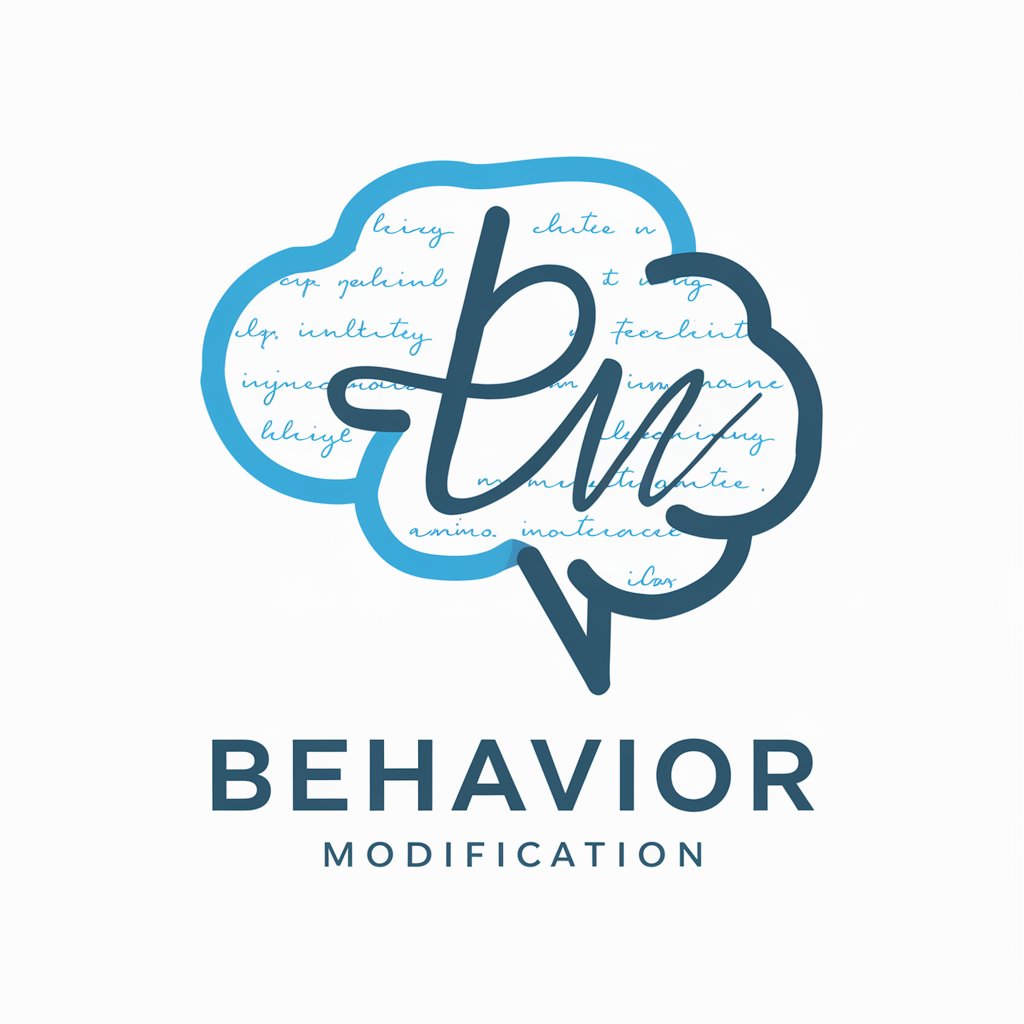
Welcome! How can I assist you today?
Empowering Change Through AI
Write a detailed description of
Generate a comprehensive guide on
Compose an engaging introduction to
Develop a persuasive argument for
Get Embed Code
Overview of Behavior Modification
Behavior modification is a set of techniques based on the principles of behaviorism, aimed at improving or altering human behaviors through reinforcement or punishment strategies. It seeks to replace undesirable behaviors with more positive outcomes by using a systematic approach often derived from operant conditioning. The practice is widely applied across various fields, including psychology, education, healthcare, and business management. For example, in educational settings, behavior modification might involve using reward systems to encourage students to complete their homework on time. In healthcare, it could mean setting up interventions that reward patients for adhering to a medication schedule. Powered by ChatGPT-4o。

Core Functions of Behavior Modification
Reinforcement Strategies
Example
Positive reinforcement involves rewarding a behavior with something desirable to increase the likelihood of that behavior being repeated. For instance, a teacher might use stickers as rewards for students who turn in homework on time.
Scenario
In a classroom, a behavior modification technique such as a token economy system can be implemented, where students earn tokens for positive behaviors, which can later be exchanged for a privilege or small prizes.
Punishment Techniques
Example
Negative punishment, which involves the removal of a desirable stimulus following an undesirable behavior to decrease that behavior's occurrence. For example, taking away a child's video game time as a consequence for poor academic performance.
Scenario
In a home setting, parents might implement a timeout strategy where a child is removed from a situation for a brief period as a consequence for negative behavior, thus reinforcing the concept of appropriate social behavior.
Behavioral Assessment and Monitoring
Example
Using systematic observation and recording techniques to track behavior changes over time. This could involve charting instances of disruptive behaviors in a classroom before and after intervention to assess effectiveness.
Scenario
A clinical psychologist might use behavior monitoring to evaluate the impact of a behavior modification plan on a patient with behavioral disorders, adjusting strategies based on observed results to optimize therapeutic outcomes.
Target User Groups for Behavior Modification
Educators
Educators, including teachers and school counselors, can use behavior modification techniques to manage classroom behaviors, enhance student engagement, and improve educational outcomes. Techniques such as reward systems or structured classroom rules help create an environment conducive to learning.
Healthcare Professionals
Healthcare professionals, particularly those working in mental health, physical therapy, and chronic disease management, can apply behavior modification to help patients adopt healthier lifestyles, adhere to treatment regimens, and manage conditions effectively. Techniques such as motivational interviewing and contingency contracting are often used in these contexts.
Parents and Caregivers
Parents and caregivers can implement behavior modification strategies at home to improve children's behavior, develop routines, and support positive social interactions. Methods such as positive reinforcement, consistent routines, and clear consequences are beneficial in these settings.

Guidelines for Using Behavior Modification
Begin Your Trial
Visit yeschat.ai for a complimentary trial without the necessity for login or a ChatGPT Plus subscription.
Identify Your Needs
Assess and determine the behavior you want to change or the skills you wish to enhance using AI-powered guidance.
Set Clear Goals
Define specific, measurable, achievable, relevant, and time-bound (SMART) goals for the behavior or skill modifications you aim to achieve.
Interact Regularly
Engage with the tool regularly to reinforce desired behaviors and monitor progress, adapting your strategies as needed based on feedback and results.
Review and Adjust
Periodically review the outcomes and adjust your goals and strategies to ensure continual improvement and effectiveness.
Try other advanced and practical GPTs
What's Another Word For...
Expand your vocabulary with AI-powered synonym suggestions.

Another Me
Empower Interaction with AI

Story Weaver : Another
Weave Your Tale with AI

Just Another MicroGPT
Empowering your creativity with AI

様々な描画スタイルで生成する。クリエイティブキャンバス - CreativeCanvas
Unleash creativity with AI-powered illustrations.

Best Protein Powder For | Women | Men| Weight Loss
AI-Powered Nutrition Tailored for You

Child Behavior Advisor
Empowering Better Childhoods with AI
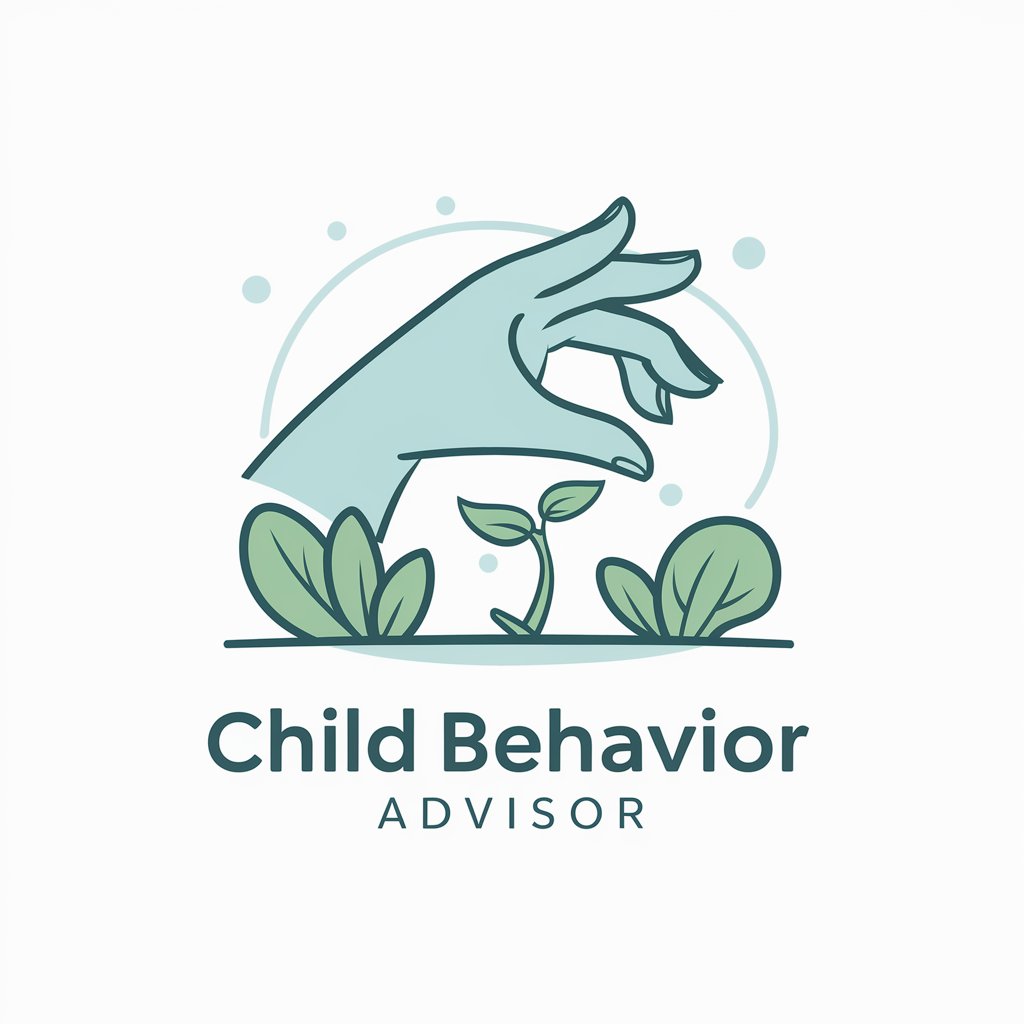
Investment Behavior Institute
Sharpen Your Investment Decisions with AI
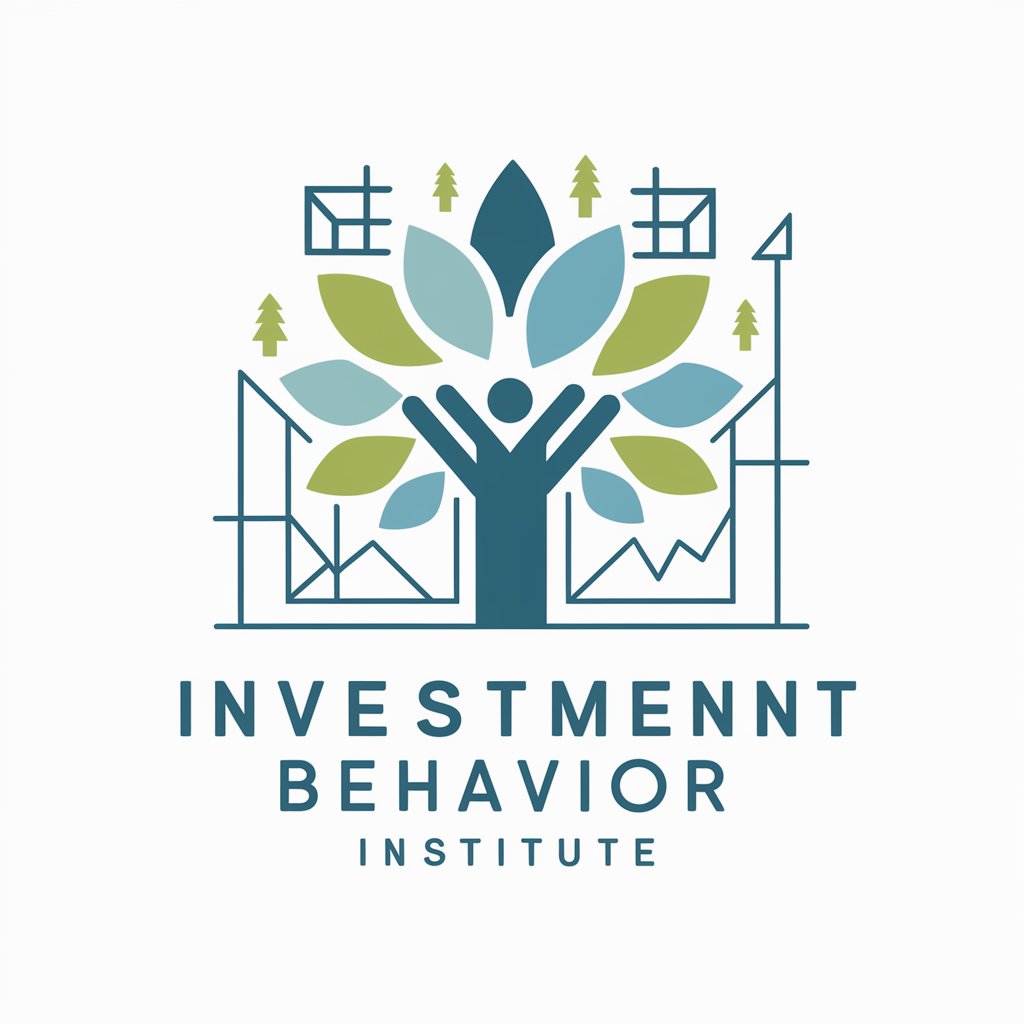
Tire PSI Guide
Optimize Your Tires with AI
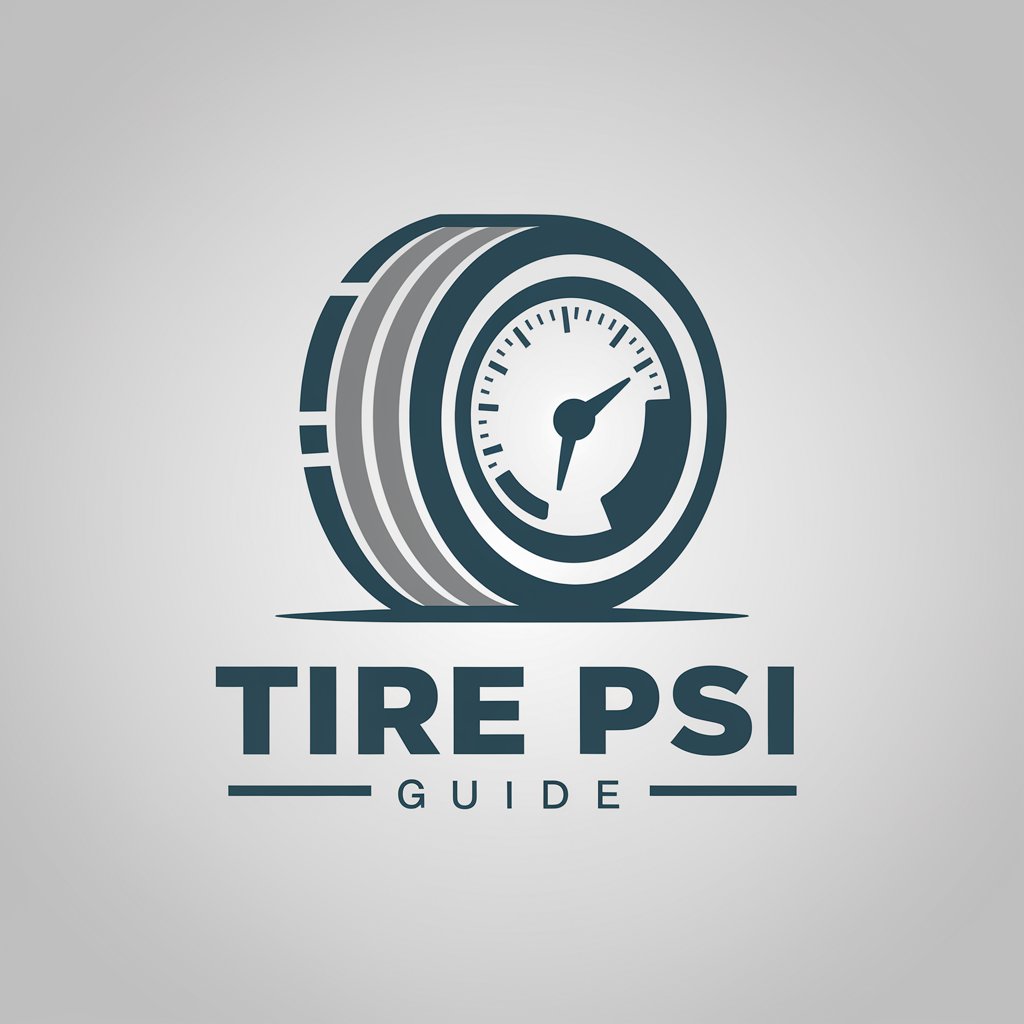
Tire Guide Pro
Revolutionizing tire selection with AI

Tire Fit Checker
Your AI-powered fitment guide
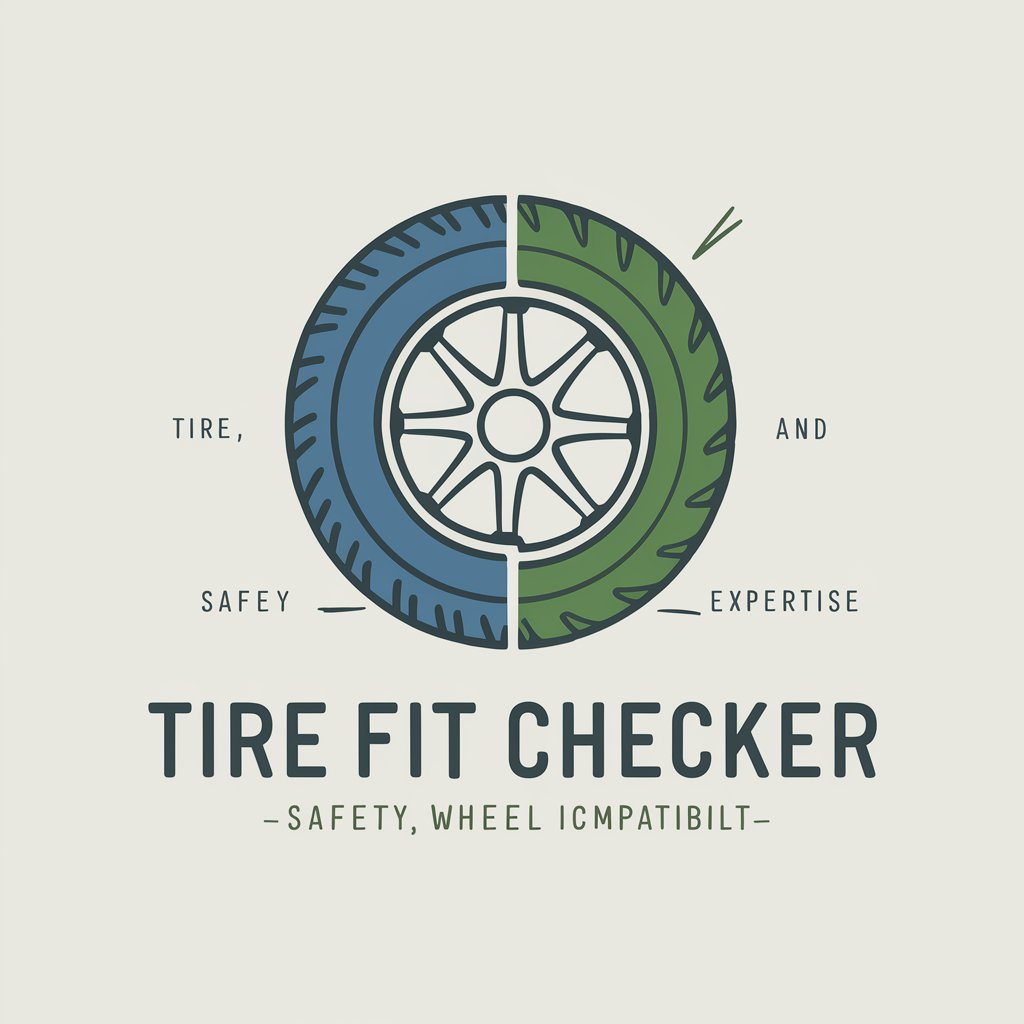
Bridgestone AI Tire Buddy
Smart Tire Solutions, Powered by AI

Frequently Asked Questions About Behavior Modification
What is Behavior Modification primarily used for?
Behavior Modification is primarily used for enhancing personal habits, improving productivity, learning new skills, and managing behavior changes in various contexts such as education, personal development, and workplace training.
Can Behavior Modification help in reducing stress?
Yes, Behavior Modification can be used to develop and reinforce strategies for stress management, such as mindfulness techniques, time management, and healthy coping mechanisms.
Is this tool suitable for educational settings?
Absolutely, it is particularly effective in educational settings to help students develop study habits, enhance focus, and manage academic-related behaviors.
How does AI power the Behavior Modification tool?
The tool uses AI to analyze user interactions, provide tailored feedback, and suggest evidence-based strategies that align with the user's specific behavioral goals.
Can I track progress with this tool?
Yes, the tool includes features to track progress, set milestones, and generate reports that help users stay aware of their advancements and areas needing improvement.
